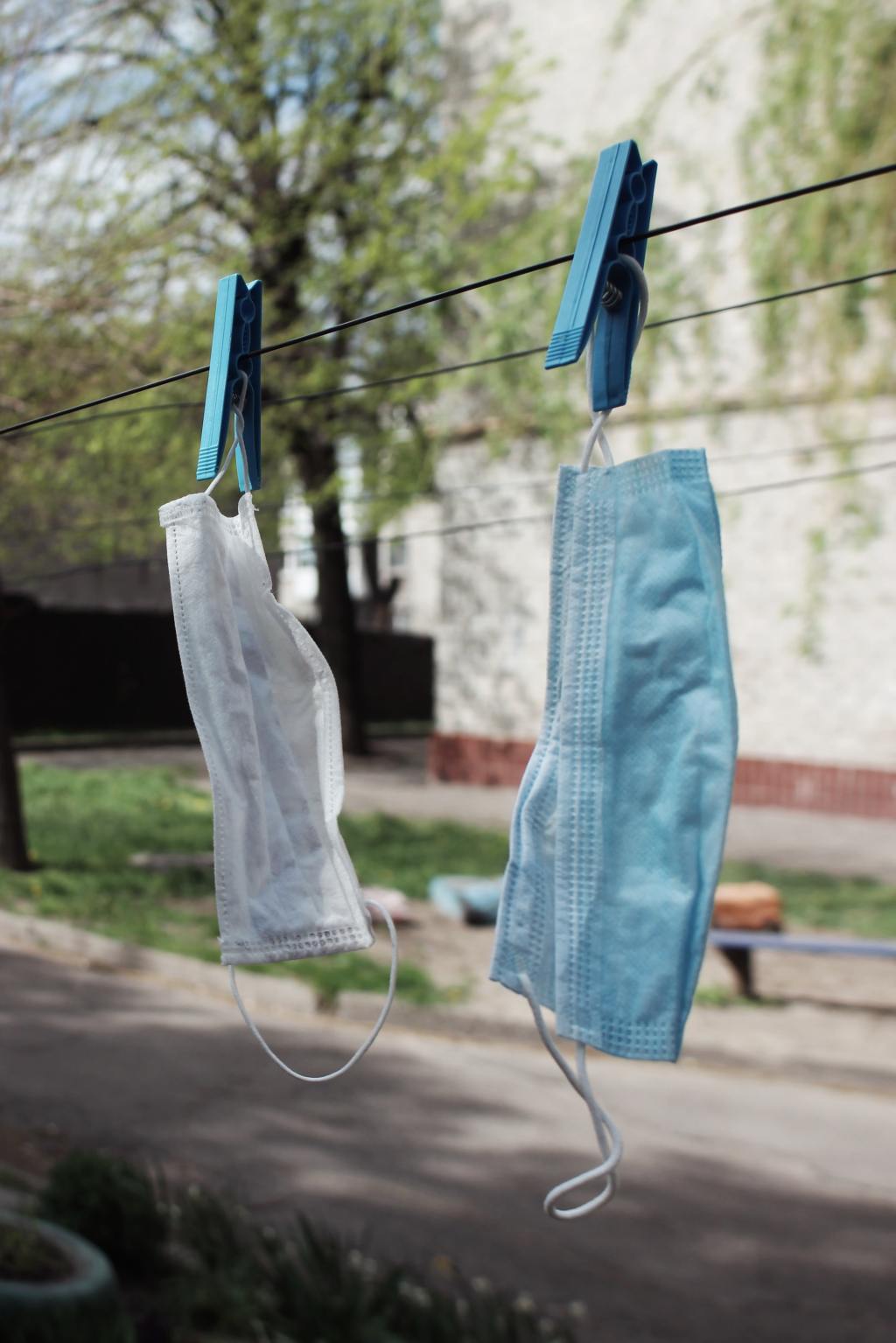I awaken to dawn light illuminating the glossy privet, its white clusters of fragrant blossoms attracting honeybees to its branches. Their distant buzzing drifts through the open window as I slip back into drowsy sleep. Most mornings, still in my robe, I sip coffee on the side porch while the sun warms my back. Make bed. Wash face. Open the farm gate. Cow parsnip unfurls its white frill for goldfinches to perch, not far from the bearded iris—its petals on display like a ruffled tuxedo ready for a party. The first poppy marked the spring equinox, a passage that nearly went unnoticed during our first week of shelter-in-place.
Each day is laced with an overlay of anxiety: the plummeting economy; the projection that fifty-five percent of Californians will become infected; the shortages on grocery store shelves. At the start of our statewide lockdown, I went shopping and stared at a wall of vacant glass where the greens should be. The paper aisle had nothing left but Kleenex: two boxes per customer allowed. I filled my shopping cart with a couple weeks’ worth of provisions plus a surplus of cleaning supplies and health remedies for the long haul, in case one of us gets sick. We’re doing our part to protect the community, I justified. The more infrequent our outings, the less contact, the better. Seven containers of hazelnut milk admittedly constituted a panic buy.
While I waited behind the six-foot demarcation, an elderly woman in front of me carried just the basics in her basket—bread, milk, bananas. She coughed multiple times into her hand, then grabbed at a plastic bag floating to the linoleum floor.
“She’s not sanitizing,” I warned another customer who considered the line. He wore a protective face covering before it was ubiquitous, but pivoted away.
“Some people just don’t get it,” I complained to the checkout clerk, who ignored my commentary while unloading my cart along the same conveyor belt. My mind obsessed over disinfecting everything with Clorox wipes later. Yet in the rising silence my face reddened. In the absence of collusion, I felt remorse. I had reacted from fear for my own safety, but what about showing concern for hers? Maybe the woman was ill, living alone, getting by on a limited income. Could she secure enough food? I thought about my ninety-seven-year-old great aunt in Virginia, the youngest of eleven siblings and the longest to live, with arthritic hands but a sharp mind, who required daily caregivers yet could no longer touch loved ones. What about all the people trapped in convalescent homes, incarcerated, or held in detention facilities at the border? How did the hundreds of thousands across American cities who remained unhoused cope during stay-at-home orders? I realized that in my quickness to judge, I had distanced myself from my own humanity.
In the afternoon my wife and I dig compost into garden beds, prepping them to grow lettuces, beans, eggplants, and tomatoes purchased from a nursery down the road—still considered essential. With the fresh produce we’ll make sauces and homemade soups, storing the mason jars in the chest freezer alongside packs of pasture-raised lamb. Amid this bucolic scene, with acres of sheep fields fencing us in from our neighbors, it’s easy to lose sight of others. Certainly we count ourselves among the fortunate.
Come summer we’ll welcome a parade of visitors to the pool, everyone maintaining the requisite distance. In late autumn we will rent an Airbnb outside Joshua Tree National Park, stopping for lunch with my cousin and his husband on their outdoor patio in Palm Springs. A few days later one of them contracts a fever with severe migraines, testing positive for the coronavirus, followed by the other within ten days. Both survive without joining some 93,000 hospitalized patients—an all-time high in the United States—among the one and a half million cases then confirmed worldwide. My great aunt, too, will become ill from COVID, transmitted by a caregiver. After two weeks in the ICU she spends her birthday on the beach, happily eating an ice cream from her wheelchair on a boardwalk. Some months later, in early winter, her lungs will fill with fluid and she’ll pass away at home, joining the ancestors while her children are unable to come to her side to say goodbye.
By the time the first poppy marks another spring equinox, my wife and I are vaccinated against the virus and possibly its variants, along with nearly one-third of the nation. I awaken to dawn light illuminating the glossy privet, its white clusters of fragrant blossoms attracting honeybees to its branches. Their distant buzzing drifts through the open window as I awaken. I sip coffee on the side porch while the sun warms my back. Make bed. Wash face. Open the farm gate. Cow parsnip unfurls its white frill for goldfinches to perch, not far from the bearded iris—its petals on display like a ruffled tuxedo ready for a party. Tree swallows swarm from their nests, their sharp-edged wings like paper airplanes, their iridescent blue-green feathers shimmering. A collective hum fills the air as they net the sky of insects.∎
